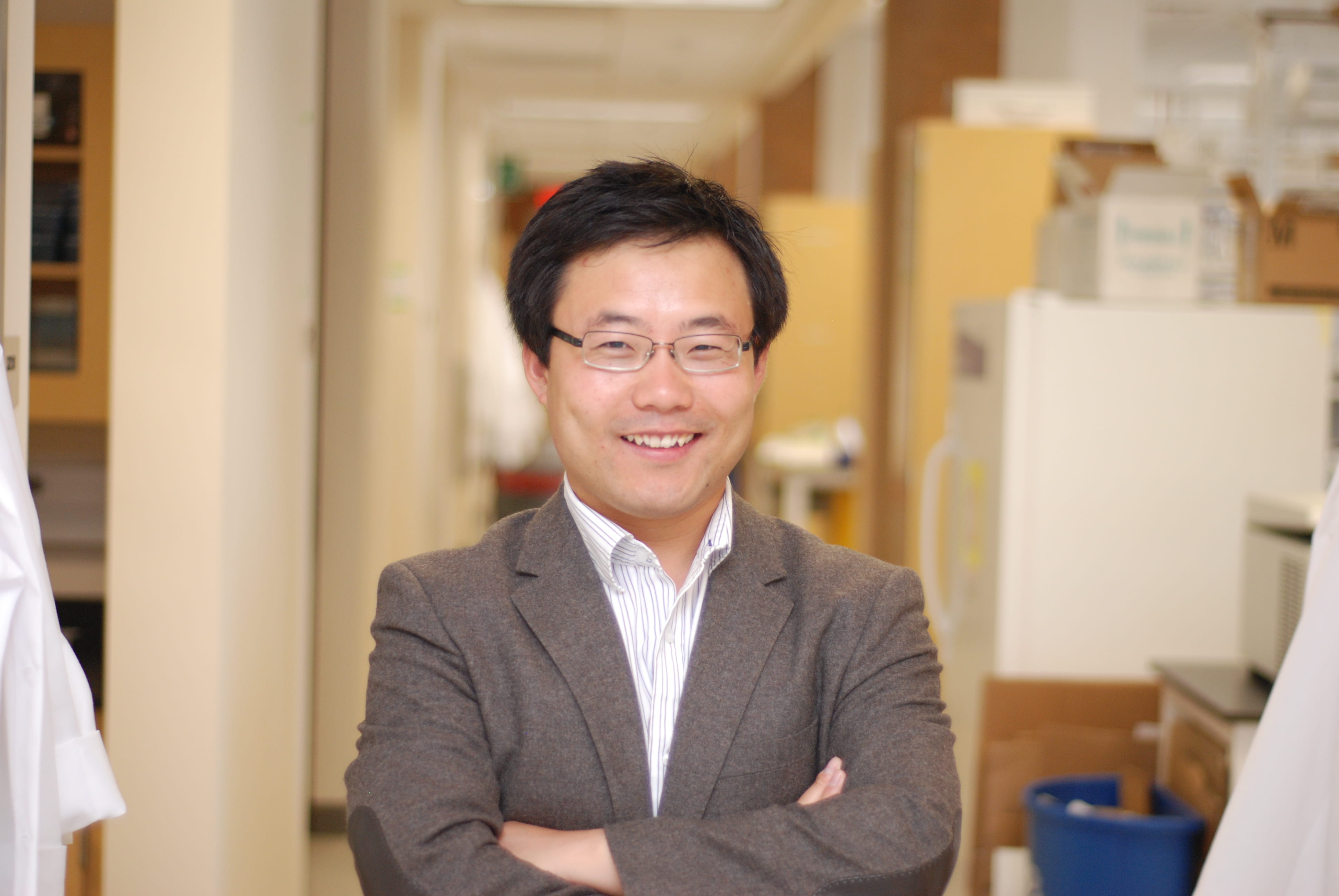UCI commentary expands understanding of how transplanted stem cells address disease

UCI scholars Zachary W. Wagoner, a graduate student researcher in cellular & molecular biosciences, and Weian Zhao, professor of pharmaceutical sciences, have identified a new mechanism by which transplanted stem cells treat disease. Their findings are contrary to the long-standing conventional wisdom that diseased tissue is repaired through stem cells differentiating into new cells or producing beneficial molecular secretions. In a commentary published online in Nature Biomedical Engineering, their critical analyses show that after transplantation, stem cells rapidly die and are literally eaten up by immune cells, including phagocytes, which protect the body by ingesting harmful bacteria and dead or dying cells. This phagocytic clearance process can reprogram phagocytes to become immunomodulatory and regenerative to repair diseased tissue. “We can harness and engineer this phagocyte clearance pathway to deliver drugs to regulate immune cell functions to maximize desirable therapeutic outcomes,” Zhao says. “For example, in treating COVID-19 long-haulers, we could use stem cells to deliver drugs such as steroids to specifically targeted phagocytes in the lungs to help treat persistent inflammation and fibrosis.” He and Wagoner will continue their research by testing the method in animal models to evaluate efficacy and toxicity compared to other drug delivery techniques; if this is successful, clinical trials will be conducted with people. The study was funded by grants from the National Institutes of Health, the Alliance for Regenerative Rehabilitation Research and Training, the U.S. Department of Defense, the Congressionally Directed Medical Research Programs, the National Science Foundation and the Small Business Innovation Research program.


